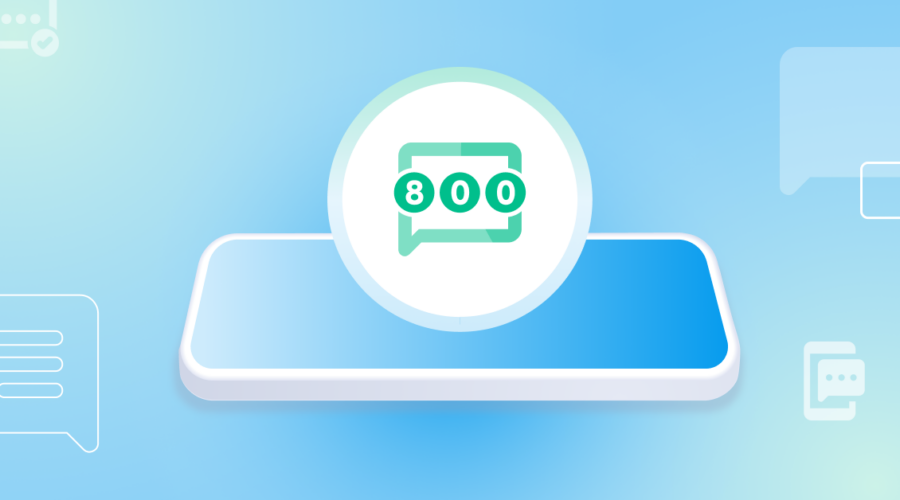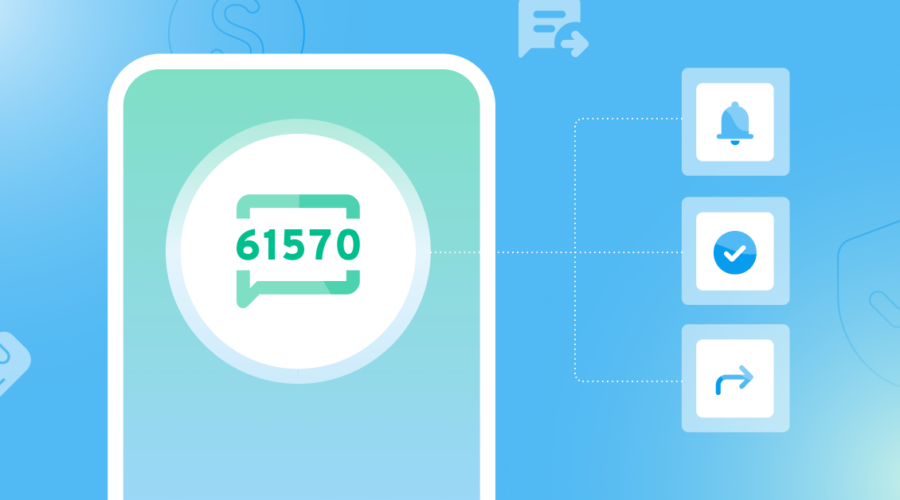Highlights:
- The healthcare workforce is severely depleted and continues to drain. 100K nurses have left the field, with 800K intending to leave*.
- Hospitals and healthcare systems need to improve patient outcomes and protect their revenues while dealing with staffing shortages.
- Digital technologies are crucial to doing so. Simplifying the usability of digital tech is the next challenge.
- Patients WANT digital channels (even in rural areas) as well as low-tech options as a fallback.
- Alternative paths of patient communications—text messaging especially can help with issues like patient churn, missed appointments, and care plan adherence.
The struggle is real with staffing shortages
38% of healthcare employees are at risk of burnout
39% of employees are considering leaving their organization [5]
The labor crisis was on the minds of most companies at HIMSS 2023. The healthcare workforce is reeling from pandemic fatigue and depletion. It isn’t just frontline workers. IT workers, clinicians, patient access strategists, and even cooks are switching out of healthcare. This drain and its tangible impact on all aspects of health systems were echoed by companies at the event.
The staffing shortage is straining the staff as well as the patient experience. In turn, the healthcare economy is feeling the pressure to digitalize.
Healthcare providers at HIMSS 2023 unanimously agreed that using technology to close the workforce gaps and give their productivity a boost is the way forward.
Patients want more
While digital consumerism has transformed every other industry, healthcare has added a new dimension to it. HIMSS 2023 emphasized that the patient-turned-consumer is taking to meaningful consumerism. Here’s how it works:
Happy patients make happy healthcare professionals. And these professionals get into this field because it’s their calling. The providers need to look for ways to connect them both in a humanizing way—efficiently.
How do digital technologies play a part?
By easing up the processes leading to patients’ access to the right healthcare professionals. For instance, if a patient goes through digital registration, the staff can focus on building trust with the patient without being distracted by note-taking.
Healthcare providers are leaning towards tying patient communications back to their EHR systems one way or the other. EMRs and EHRs often sit at the center of fragmented communication platforms, costing clinicians time to gather information and offer 360° patient care. While many use patient engagement platforms for this, there’s also a desire to embed communications directly into the MyCharts of the world.
Text messaging and AI use cases dominate
HIMSS 2023 was abuzz with the possibilities of digital. But are patients ready? Especially in rural regions?
The yardstick is: If Amazon can deliver parcels where they are, patients want a similar digital experience from their healthcare provider.
Patients are ready for channels like texting when it makes their lives easier. This is consistent with the patient communication preferences survey: 2023 which found that
- 41% of patients are ready to switch providers for ones that offer texting as a communication option
- Over 56% of patients are comfortable sharing Protected Health Information via text.
As per the survey, other channels like Email and online apps are also seeing higher adoption. Together a multi-channel patient engagement strategy is helping healthcare providers drive millions of dollars back into their organization to continue providing better care. Being able to do it at scale—easily like Hiplink does—is just an added bonus.
That said, patients still prefer traditional channels like phones when needed. As per the survey, phone remains a popular communication option for the majority. And lower-income groups show the most preference for phone and text messaging channels.
HIMSS sessions also highlighted AI’s role in driving intelligent clinician workflows and reducing physician burnout. AI has finally captivated healthcare with serious interest in high-impact low-risk utilization like:
- Clinical note-taking
- Drafting responses to patient messages
- Hypothesis generation
- Accelerating insurance claims
AI’s role also spills over to improving contact center efficiency. When patients want to get in touch, tools such as conversational AI, machine-learning-based fraud detection, and text-to-speech and speech-to-text tools can make these interactions and follow-up actions friction-free.
But why do contact centers matter in healthcare today?
Efficient contact centers can alleviate staffing shortages too
Against staffing shortages, the inefficient use of human touchpoints in healthcare access stood in stark contrast. An interesting snippet claimed that places in New York say that it takes conversations with 3 people to finally talk to the right person to schedule a specialty appointment. This muddies the experience right off the bat, as a phone call is often the patients’ front door to the healthcare provider.
Contact centers have the potential to solve for both staffing shortages and patient conversion when integrated with the right tools. Both multi-channel communications and the ability to build your contact center your way comes into play here.
This echoes the Enterprise Connect 2023 themes of interoperability and orchestration. This led to MaestroTM, a communication platform to integrate best-in-class voice apps across cloud unified communications, contact center, and artificial intelligence (AI) platforms winning the Best of Enterprise Connect award.
Simplicity is the endgame
HIMSS 2023 demonstrated that providers have insights into improving both patient and staff experiences. But the challenge is to do it simply and efficiently. And to make it scale.
Providers like SolutionReach are simplifying patient experiences, while easily juggling regulations and integrations. Meanwhile, companies like Inclusa are improving their employee experience, at enterprise scale.
* Stat presented at HIMSS 2023
Build HIPAA-eligible texting into your patient communication
It’s easy. Explore the different ways organizations use our APIs to simplify patient experiences.





